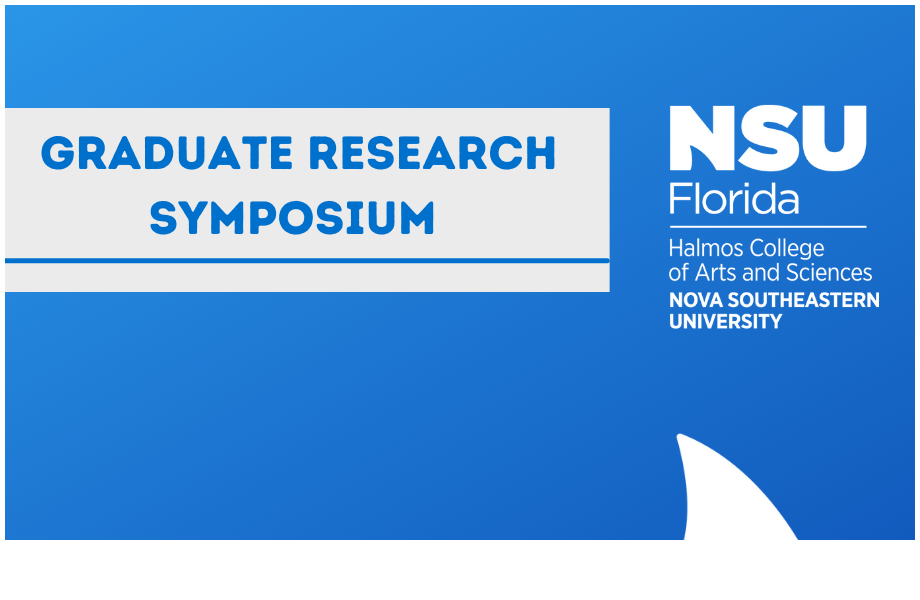Title
Coral reef restoration and staghorn coral conservation: lessons learned over 10 years of research
Location
Guy Harvey Oceanographic Center Facility
Start
1-31-2018 2:15 PM
End
1-31-2018 2:30 PM
Type of Presentation
Oral Presentation
Abstract
Acropora cervicornis restoration and conservation has grown in importance over the past few decades, especially following its listing as threatened under the US Endangered Species Act in 2006. This listing prompted initiation of restoration projects across the Florida Reef Tract and Greater Caribbean. Since 2007, three A. cervicornis nurseries have been established at the northern most extant of the species range (Broward County, FL) raising over 7,100 colonies. Outplanting began in 2009 and by 2012, approximately 1,000 colonies were being outplanted from the nurseries each year to local reefs. Since establishment, our program has been focused on determining optimal nursery and outplant propagation methods to increase restoration efficiency and species recovery. Through development and expansion of our program numerous aspects of the restoration process have been studied. Nursery colony survival was affected by colony orientation, host genotype, site, time of year and growing platform. Growth was fastest during the summer, varied by colony orientation, host genotype, and site, but was similar across platforms. Disease and predation prevalence were lower in cooler months and on floating platforms. We have not seen long-term host genotype resistance to disease or predation. Active management (removal) of predators increased nursery colony health and reduced predation pressure. Tropical disturbances had devastating effects on our coral nursery reducing colony health through stress, disease, and fragmentation, but these effects were variable across nursery platforms and sites. Outplanted colonies quickly attached to the substrate, created habitat, and over years propagated across each outplant site. Host genotype, colony size, attachment method, colony spacing, and several temporal and spatial characteristics affected colony survival. Colony growth was also variable and influenced by host genotype and site, but not by attachment method. Host genotype did not have an effect on prevalence of disease and predation, but increased distance between outplanted colonies reduced both. This restoration program has had increasing success in raising and propagating thousands of A. cervicornis colonies with a small impact on the wild population, illustrating that by using the proper techniques, facilitation of species recovery through population enhancement is possible.
Coral reef restoration and staghorn coral conservation: lessons learned over 10 years of research
Guy Harvey Oceanographic Center Facility
Acropora cervicornis restoration and conservation has grown in importance over the past few decades, especially following its listing as threatened under the US Endangered Species Act in 2006. This listing prompted initiation of restoration projects across the Florida Reef Tract and Greater Caribbean. Since 2007, three A. cervicornis nurseries have been established at the northern most extant of the species range (Broward County, FL) raising over 7,100 colonies. Outplanting began in 2009 and by 2012, approximately 1,000 colonies were being outplanted from the nurseries each year to local reefs. Since establishment, our program has been focused on determining optimal nursery and outplant propagation methods to increase restoration efficiency and species recovery. Through development and expansion of our program numerous aspects of the restoration process have been studied. Nursery colony survival was affected by colony orientation, host genotype, site, time of year and growing platform. Growth was fastest during the summer, varied by colony orientation, host genotype, and site, but was similar across platforms. Disease and predation prevalence were lower in cooler months and on floating platforms. We have not seen long-term host genotype resistance to disease or predation. Active management (removal) of predators increased nursery colony health and reduced predation pressure. Tropical disturbances had devastating effects on our coral nursery reducing colony health through stress, disease, and fragmentation, but these effects were variable across nursery platforms and sites. Outplanted colonies quickly attached to the substrate, created habitat, and over years propagated across each outplant site. Host genotype, colony size, attachment method, colony spacing, and several temporal and spatial characteristics affected colony survival. Colony growth was also variable and influenced by host genotype and site, but not by attachment method. Host genotype did not have an effect on prevalence of disease and predation, but increased distance between outplanted colonies reduced both. This restoration program has had increasing success in raising and propagating thousands of A. cervicornis colonies with a small impact on the wild population, illustrating that by using the proper techniques, facilitation of species recovery through population enhancement is possible.


